Secret Speakers That Turn Walls Into Sound Systems
When you walk into today’s luxury homes, you’ll barely notice the most expensive audio equipment—and that’s exactly the point. Hidden and invisible audio systems have revolutionized how high-end interiors handle sound, with speakers installed within walls or ceilings, covered by flat circular or square grilles that can be painted to match surrounding surfaces. The most advanced invisible audio takes this concept further by completely covering speaker cabinets with drywall, leaving absolutely no trace of audio equipment visible—just smooth walls that somehow produce crystal-clear sound. Sonance’s Invisible Series represents the pinnacle of this “Designed to Disappear” strategy, utilizing sophisticated Motion Flex Technology with bending wave diaphragms and Air Flex woofers driven by carbon fiber components. Some cutting-edge systems use extreme power smart material vibration technology, where entire wall, ceiling, or floor panels emit sound from both sides, eliminating the need to position traditional speaker boxes in line of sight. These invisible speakers can be tucked away near edges or corners where they’re completely hidden, mounted behind panels, picture frames, or even inside furniture.
Furniture That Charges Your Devices Without Plugs
Furniture technology reached new heights in 2025, with intelligent pieces that adapt to user needs becoming mainstream luxury features. From beds that adjust firmness based on sleeping patterns to sofas with built-in charging stations and climate control, technology is making life more comfortable and functional without compromising on style. Hidden speakers, wireless charging furniture, and voice-controlled lighting represent just a few examples of how discreet tech seamlessly blends with decor. Furniture with embedded smart technology, such as charging stations and speakers, merges innovation with design appeal in ways that would have seemed impossible just a few years ago. Contemporary lamps now include wireless charging stations, Bluetooth speakers, or even built-in clocks, offering convenience and efficiency in one stylish package that makes everyday living effortless. This integration means you can power up your phone simply by placing it on a coffee table or nightstand, while the furniture itself looks like a traditional, beautifully crafted piece.
Smart Mirrors That Know More Than Your Reflection

Smart mirrors are revolutionizing daily grooming routines by combining advanced technology with traditional styling elements, from embedded TVs to customizable lighting that serves both functional purposes and brings modern elegance to homes. Future smart mirrors feature high-resolution displays with augmented reality capabilities that allow users to try on virtual outfits or apply makeup with digital tools, while voice activation enables hands-free control during morning routines. These mirrors incorporate health monitoring technologies like skin analysis and vital signs tracking, revolutionizing personal grooming and lifestyle management to become must-have fixtures in modern homes. Luxury hotels install them in guest bathrooms to enhance premium experiences by offering weather updates and personalized greetings, while retail environments use them as interactive fitting room assistants, and interior designers increasingly include them in high-end commercial projects as statement pieces that blend technology with sophisticated aesthetics.
Walls That Think and Respond to Your Mood
Imagine a bedroom with walls that change color based on your mood thanks to smart paint technology, or a living room with modular furniture that rearranges itself to create more seating when hosting guests—this level of personalization ensures that homes are not just spaces but true reflections of their inhabitants. Shy tech is about fewer gadgets and gizmos, integrating technology into the environment so it stays out of sight, with the concept extending to homes, offices, shops, and restaurants to create high-tech places that work well for people using them every day. The future of smart home integration lies in invisibility through thoughtful architecture, with forward-thinking designers reimagining traditional elements like kitchen cabinetry and bathroom mirrors as sophisticated tech hubs with built-in charging ports, hidden speakers, and concealed wiring channels that allow smart devices to disappear into walls and surfaces while maintaining clean sight lines. Atmospheric illumination continues gaining popularity as people seek adaptable living environments, involving lights that change color, temperature, and intensity to match different activities or psychological needs, creating perfect ambiance for every moment.
Climate Control That Reads Your Mind
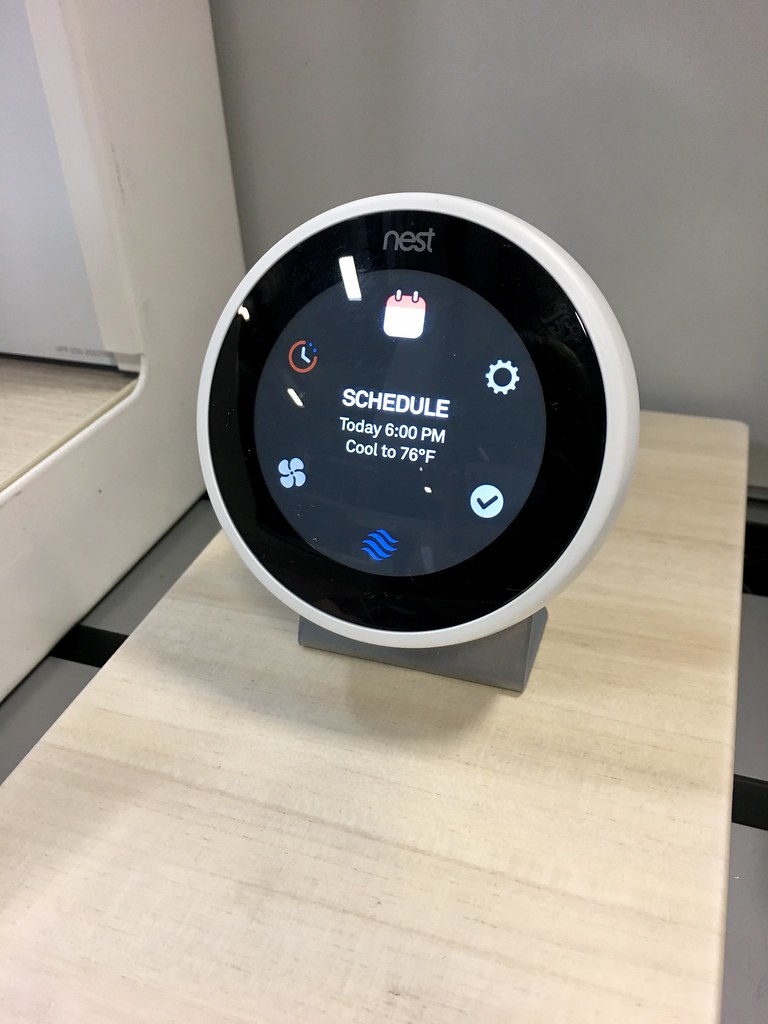
Smart thermostats like Nest and Ecobee learn user behaviors to optimize temperature settings for maximum comfort and energy efficiency, with climate automation ensuring different areas of homes maintain ideal conditions while reducing unnecessary energy consumption. IoT devices can integrate with wearable technology, allowing users to manage home environments through biometric feedback—for example, smart thermostats automatically adjust room temperatures based on a user’s heart rate or skin temperature. Smart climate control appliances enable homeowners to automate heating and cooling functions with intelligent devices that sync with personal schedules and activity patterns, adjusting indoor temperatures accordingly while reacting to external weather conditions and integrating with other luxury smart home appliances to maximize comfort. Advanced climate control systems optimize temperature and air quality while improving energy efficiency, representing a seamless marriage of comfort and sustainability. These systems work so smoothly that you’ll forget they’re even there—until you realize your home always feels perfectly comfortable.
Invisible Security That Watches Without Being Seen
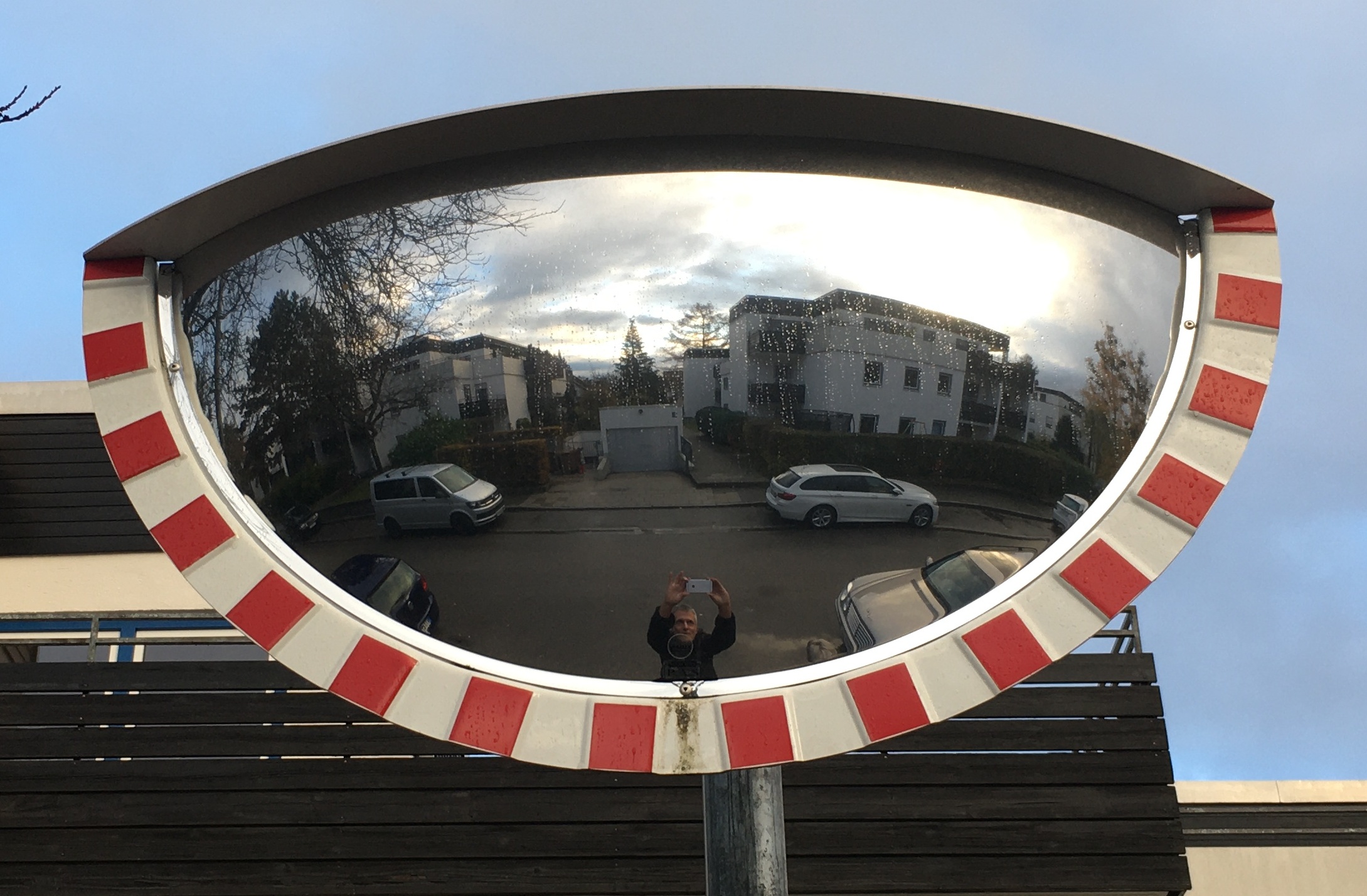
Security is paramount in luxury real estate, with advanced technology taking protection to new heights through features like biometric recognition, surveillance drones, and smart locks and alarms that offer unparalleled safety and peace of mind while providing homeowners with real-time surveillance capabilities directly from smartphones. Affluent homeowners have embraced pioneering measures that push conventional security boundaries through facial and speech recognition technology, with luxury residences adopting sophisticated dual approaches that examine individual facial features while recording distinctive movement patterns and unique vocal nuances, creating remarkably secure entry experiences by scrutinizing both physical and behavioral traits. Cameras and alarms are getting sharper and smarter, with AI cameras now distinguishing between cars, people, and animals to reduce false alerts, combined with gate access control, video intercoms, and remote monitoring that allows property owners to fully secure their properties from anywhere in the world. Smart home integration allows security updates and flood light control from afar, with fire, motion, and contact alarms providing visual alerts for unusual occurrences, while keyless entry and touchpad configurations with numeric codes safeguard properties as security subscriptions alert local law enforcement at the first sign of intrusion.
Kitchens Where Appliances Talk to Each Other

Luxury kitchens are now equipped with smart appliances that enhance cooking and convenience, including Wi-Fi-enabled ovens, AI-powered refrigerators, and voice-activated coffee makers that make meal preparation seamless while optimizing meal planning, streamlining grocery shopping, and ensuring energy efficiency through automated systems. IoT smart home solutions allow household gadgets—from refrigerators to security cameras—to communicate with each other and homeowners through centralized systems, with this connectivity enhancing efficiency and making homes more responsive to user preferences as connected devices work together seamlessly to ensure optimized home environments that adapt to individual needs. Kitchen designs are shifting toward two-island configurations that create separate areas for food prep, dining, and remote work, reflecting how hybrid work influences home layouts with more rooms doing double-duty. The kitchen remains the heart of the home, with smart technology making it more functional and convenient than ever before. This interconnected ecosystem means your coffee maker can start brewing when your alarm goes off, your oven can preheat based on your meal planning app, and your refrigerator can automatically order groceries when supplies run low.
Lighting That Dances to Your Daily Rhythm
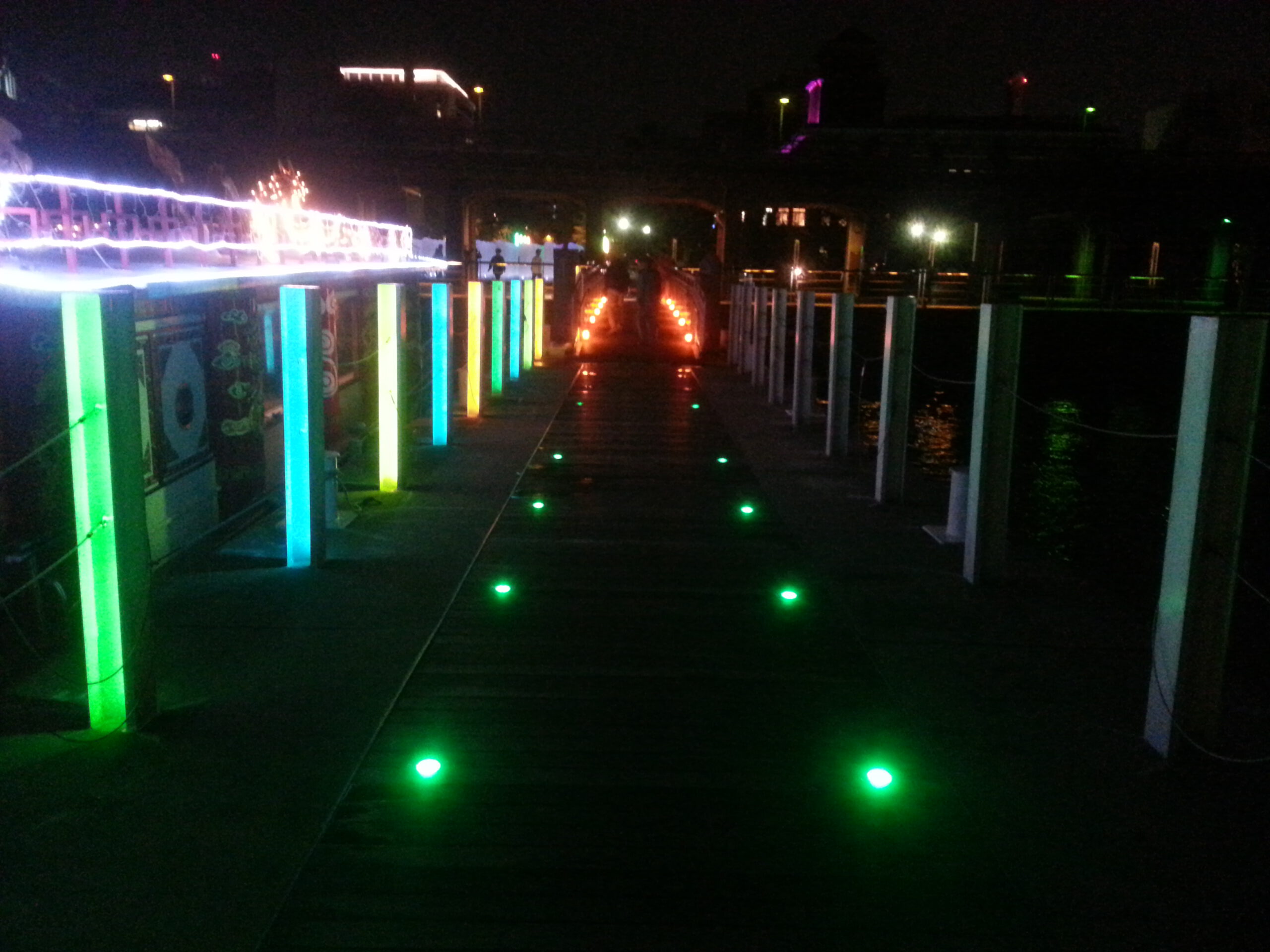
Intelligent lighting systems allow homeowners to tailor each room’s ambiance with technology, infusing spaces with varying colors and brightness while syncing lighting schedules to daily rhythms, with certain systems even mimicking natural sunlight by altering light temperature throughout the day to elevate well-being and comfort. Human-centric lighting trends focus on aligning indoor illumination with natural circadian rhythms, with systems designed to support optimal sleep, mood, and cognitive function by enhancing overall well-being through simulating natural daylight cycles indoors. Lighting plays a crucial role in luxury homes by creating ambiance while enhancing energy efficiency, with smart lighting systems like Lutron HomeWorks allowing homeowners to control brightness, color, and mood with a single touch or voice command. Smart lighting systems enable adjustment of brightness, color temperature, and hues to suit mood or activity—daylight-mimicking light can improve focus during work hours, while warm “Relax Mode” settings transform the same room into a cozy retreat, all achievable with a single voice command or a few app taps.
Entertainment Systems That Vanish Into Architecture
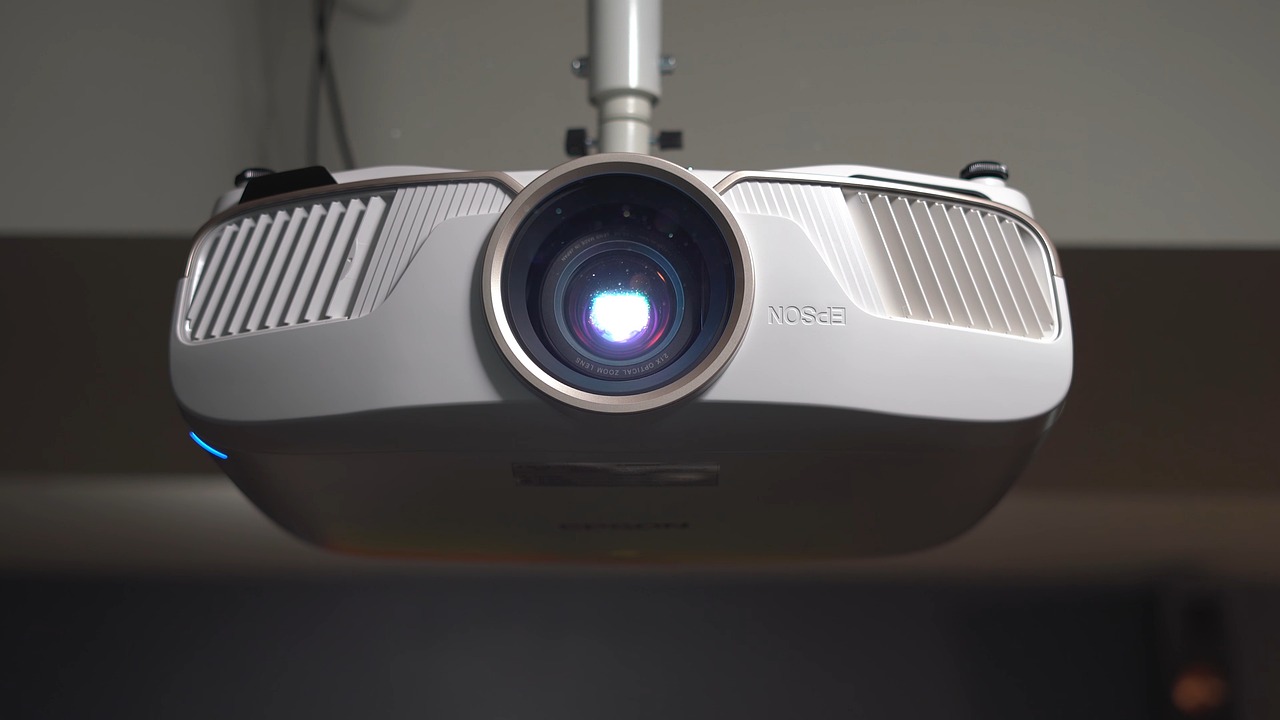
Home entertainment reaches new heights when your entertainment area transforms into a private theater through automation, with seamless integration bringing motorized screens, concealed projectors, and enveloping surround sound to life with a simple button press. As Sara Morris from Sonos explains, there are areas in homes where traditional speakers don’t fit due to lack of space, power, or because technology isn’t the focus, but by building speakers into home furnishings, they can overcome these challenges and let people decorate with both objects and sound, with the response to these unusual hidden speakers being overwhelmingly positive. The convergence of digital displays and decorative art has revolutionized wall spaces, with smart galleries and interactive mirrors transcending their technological origins to become dynamic design elements that seamlessly shift between family photos, curated art collections, and functional interfaces, with leading brands creating displays that disappear into carefully considered gallery walls when not in use. While past home entertainment systems demanded attention with wall-length cabinets displaying TVs and sound systems, today’s trend embraces minimalism with solutions like Samsung’s The Frame TV that camouflages into artwork when not in use, applying this same minimalist approach to home audio.
Bathroom Sanctuaries With Hidden Wellness Tech
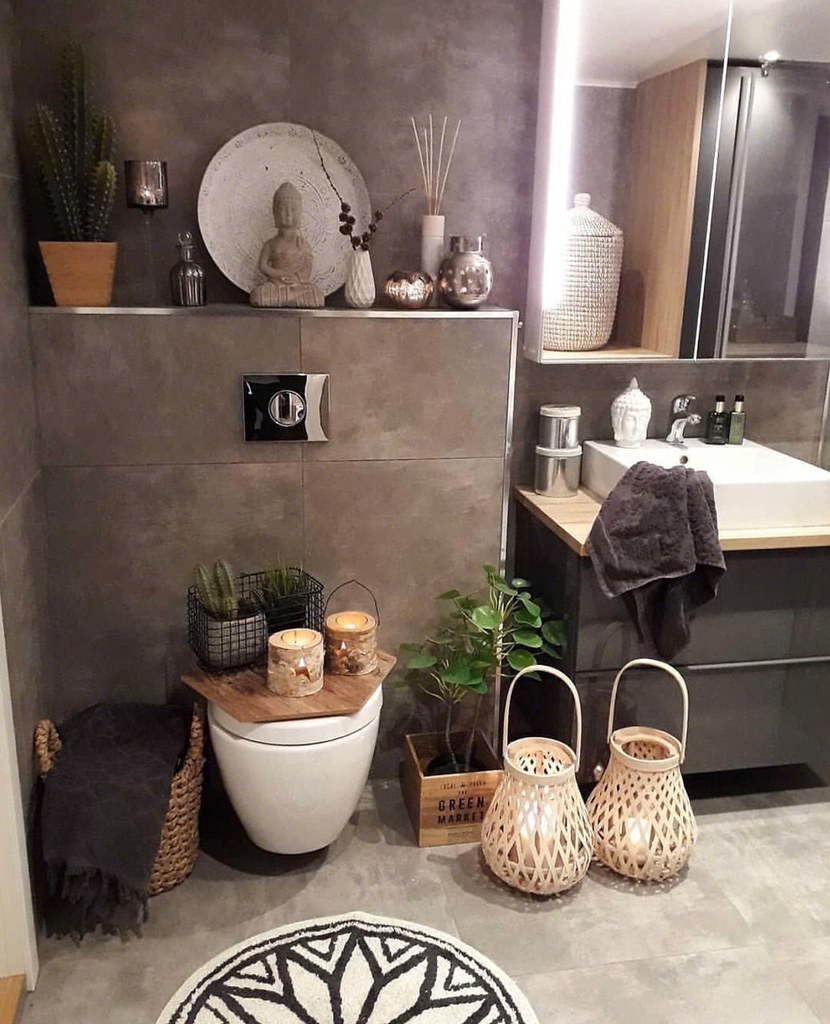
Smart homes now integrate wellness-focused features such as circadian lighting, air purification systems, and automated spa amenities, with intelligent showers and tubs combined with voice-controlled aromatherapy diffusers transforming bathrooms into personal sanctuaries, while smart mirrors with built-in health monitoring and personalized lighting create futuristic self-care experiences. High-end bathrooms now rival five-star resorts with heated floors, steam showers, soaking tubs, aromatherapy systems, and ultra-high-end materials for the ultimate relaxation experience. The integration of advanced relaxation features within luxury properties has become a defining trend, characterized by remarkable technological sophistication aimed at enhancing personal well-being and fitness—infrared saunas employ specialized lamps to directly heat skin for deeply nourishing therapeutic experiences, while plunge pools ranging from 6 to 12 feet in diameter offer intimate settings for aquatic exercises and hydrotherapy sessions. Luxury homes increasingly incorporate health and wellness technologies such as air and water purification systems, smart fitness equipment, and wellness monitoring that contribute to healthier living environments and support resident well-being.
Outdoor Spaces That Respond to Weather
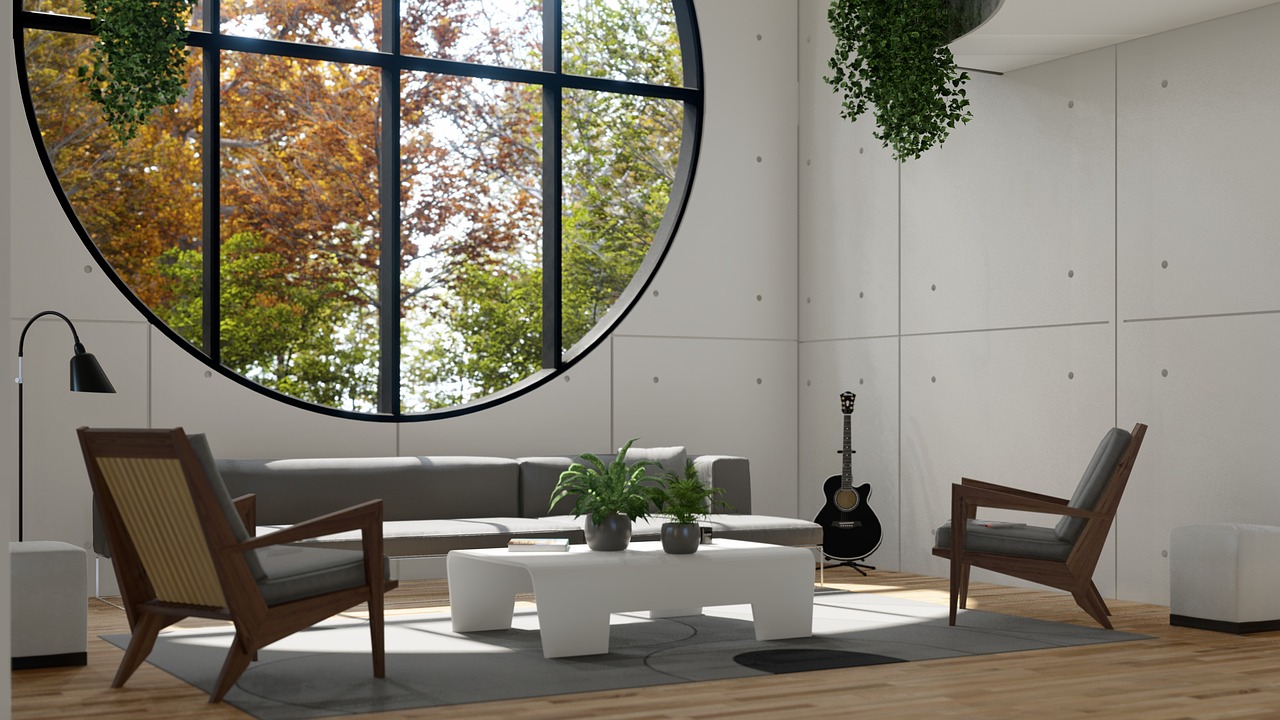
Luxury doesn’t stop at the interior—outdoor spaces are now smarter than ever with automated pool systems, weather-responsive outdoor lighting, and voice-controlled fire pits enhancing exterior living experiences. Smart technology extends its influence to outdoor areas in interior design through smart lighting for patios, weather-resistant outdoor speakers, and automated irrigation systems that make outdoor spaces more functional and enjoyable while integrating seamlessly with home design. These hidden speaker systems work outdoors too, allowing homeowners to hide speakers under decks and are frequently used in galleries and museums for their versatility. Automated shading systems adjust blinds based on sunlight intensity to reduce the need for artificial cooling, while smart plugs cut off power to idle devices to minimize standby energy consumption, demonstrating how technology and sustainability coexist harmoniously in modern outdoor spaces. The result is outdoor living areas that adapt automatically to changing conditions, keeping you comfortable whether you’re hosting a dinner party or enjoying a quiet evening under the stars.
The Future of Invisible Luxury Technology
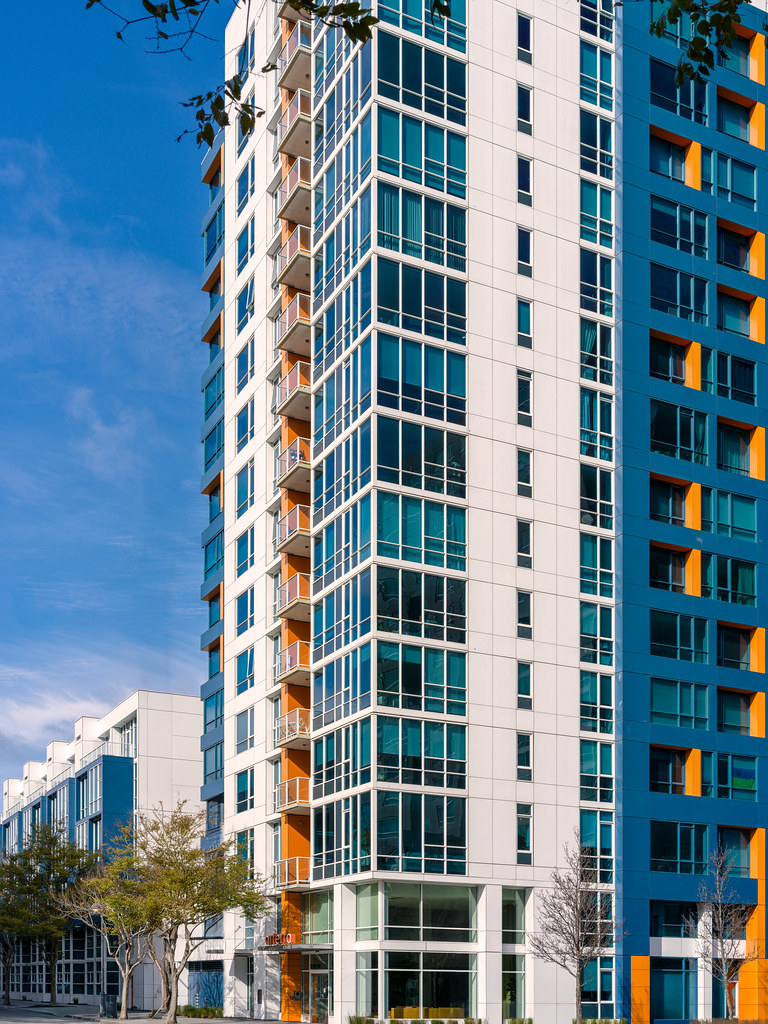
The future of luxury smart homes will be driven by innovations like holographic displays, autonomous cleaning robots, and biometric authentication systems, with homes becoming even more intuitive, sustainable, and immersive as technology advances. The global smart home market is projected to reach $622.59 billion by 2026, reflecting our collective shift toward intelligent living spaces, with this explosive growth catalyzing a design revolution that pushes manufacturers and designers to reimagine everyday objects as sophisticated tech-integrated elements, creating a new design language where thermostats become wall sculptures, speakers masquerade as decorative objects, and lighting systems transform into architectural features. In 2025, smart technology will no longer be a luxury but a cornerstone of interior design, reshaping homes to be more functional, aesthetically pleasing, and deeply connected, with the synergy between technology and design unlocking endless possibilities from personalized lighting to furniture with built-in tech. The rising demand for integrated lifestyle technology and concerns about ‘aesthetic clutter’ have driven the adoption of hidden technology solutions, with these systems enhancing residential spaces, elevating commercial environments, and adapting well to specialty applications while delivering seamless sound with uncompromising design. What’s your guess about which hidden tech feature will become standard in every luxury home first?

Kelly Westler is a celebrated designer and author specializing in bold, eclectic interiors. Her book The Art of Spaces showcases her signature mix of colors, textures, and vintage influences, inspiring homeowners to embrace fearless design.

